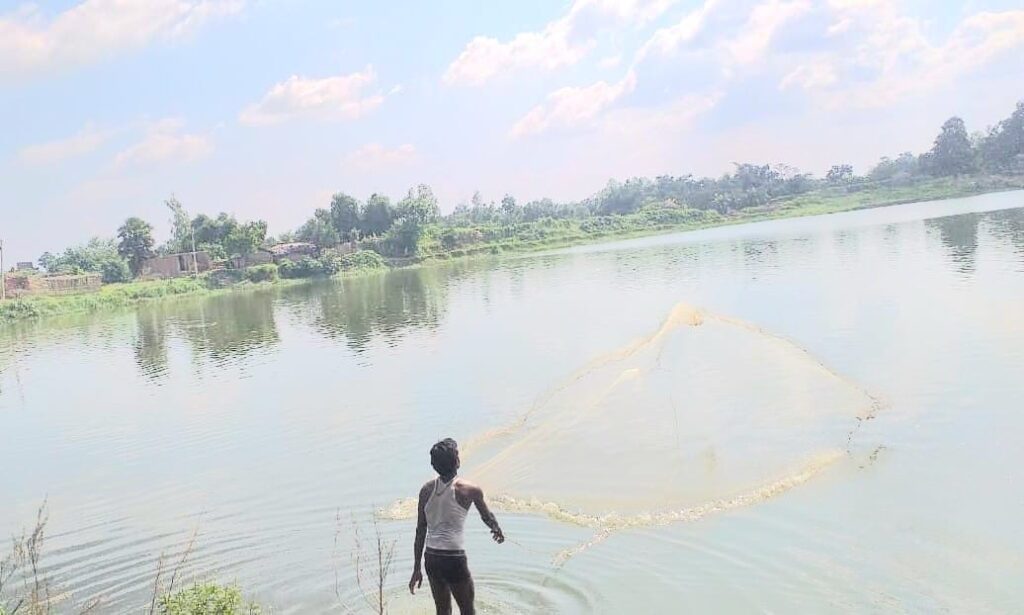
Bihar: Bihar’s fisheries sector has undergone a remarkable transformation over the last two decades, with fish production surging from 2.68 lakh metric tonnes before 2005 to 8.73 lakh metric tonnes in 2023–24. Once dependent on imports, the state is now nearly self-sufficient, with per capita fish availability reaching 6.64 kg per year.
This growth is a result of targeted state initiatives under the Agriculture Road Map, including the Chief Minister Integrated Chaur Development Scheme and the Reservoir Fisheries Development Scheme, as well as centrally sponsored programmes like the Pradhan Mantri Matsya Sampada Yojana. Advanced technologies such as biofloc and RAS systems are being promoted, with 439 and 15 units respectively now active across Bihar.
Efforts are not just limited to production. To support market access, 30 fish markets are being built across various blocks, while over 61 lakh fish seeds have been released into major rivers, including the Ganga and Gandak.
The sector’s expansion is also changing lives. In Samastipur, Jyotsna Singh has set up a hatchery employing 20 people, while farmers like Sanjay Sahni and Lakshmi Sahni have reported incomes of ₹12–18 lakh annually through fish farming. Their stories highlight a broader wave of economic empowerment spreading across rural Bihar.





